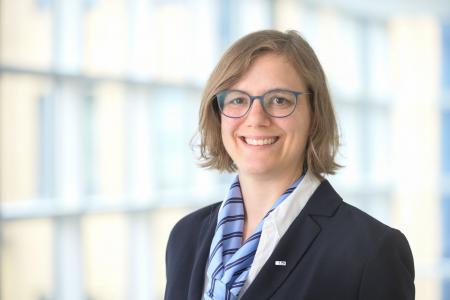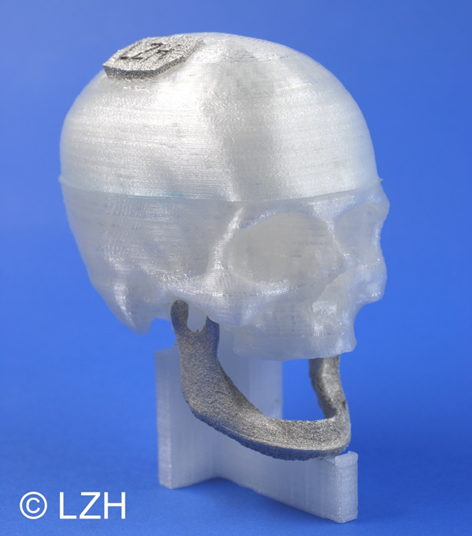LZH researcher receives award from the International Magnesium Association for the optimization of the Selective Laser Melting of Magnesium
The International Magnesium Association (IMA) recognizes scientific-technical advances in magnesium-based technologies, products and processes on an annual basis. During the 73rd World Magnesium Conference, held in Rome from May 15-17th, 2016, the IMA Award of Excellence 2016 in the category “Process” was awarded to the LZH researcher Dr. Matthias Gieseke for his work on the additive manufacturing of magnesium components by Selective Laser Melting (SLM®).
Magnesium as a material stands out for its very high specific strength. It is therefore very well suited for lightweight construction. Moreover, magnesium is bio-compatible and decomposes in the body. For these reasons, load-bearing and degradable stents and implants, for example for the replacement of bones, can be manufactured from this material. The Additive Manufacturing (“3D printing”) of components made of this metal is becoming increasingly important worldwide due to the high flexibility in terms of component geometry. Another advantage of SLM is the fast and cost-efficient manufacturing of prototypes and small series.
Selective Laser Melting overcomes the limits of conventional manufacturing processes
During the Selective Laser Melting of Magnesium, a thin layer of the powder material is placed on a substrate plate. The laser radiation melts the metal powder which forms a solid material layer after the solidification. Afterwards, the substrate plate is lowered by the amount of the layer thickness, and another layer of powder is applied. This process is repeated layer after layer until the component is finished.
Due to the high reactivity of magnesium, the metal powder oxidizes quickly – even in an atmosphere of inert gas. The low vaporization temperature of magnesium leads to process emissions that pollute the processing chamber and have a negative effect on the process. In addition, undesired particles adhere to the surface.
Process optimization by a sophisticated process strategy and careful alloy selection
In order to minimize these effects, Dr. Matthias Gieseke in the Surface Technology Group of the Materials and Processes Department at the LZH first developed a sophisticated process strategy. “Besides the proper manufacturing parameters, the selection of the alloy was crucial”, explains Dr. Gieseke. “The investigations finally showed that the processability can be improved significantly when using very fine powders with a diameter of <20 µm and alloys consisting of rare-earth elements, such as WE43, Elektron® MAP+43 und Elektron® MAP+21. Afterwards, a chemical post-treatment removes undesired particles and creates a smooth surface.
Thus, the quality of SLM-manufactured magnesium components can be increased significantly. Appropriate laser melting systems are available on the market, and therefore, the Additive Manufacturing of components made of magnesium or magnesium alloys with SLM can now be transferred into an industrial process.
„We are very happy about this award for Dr. Gieseke and will further develop the SLM process in cooperation with the manufacturers and suppliers” announces Dr. Dietmar Kracht, Executive Director of the LZH.
The research works were supported by the German Research Foundation (DFG) and Magnesium Elektron.

